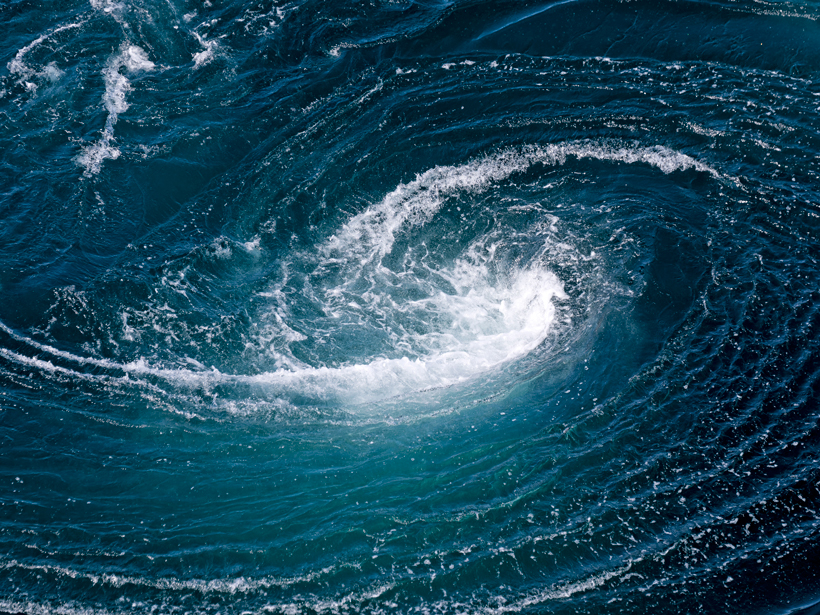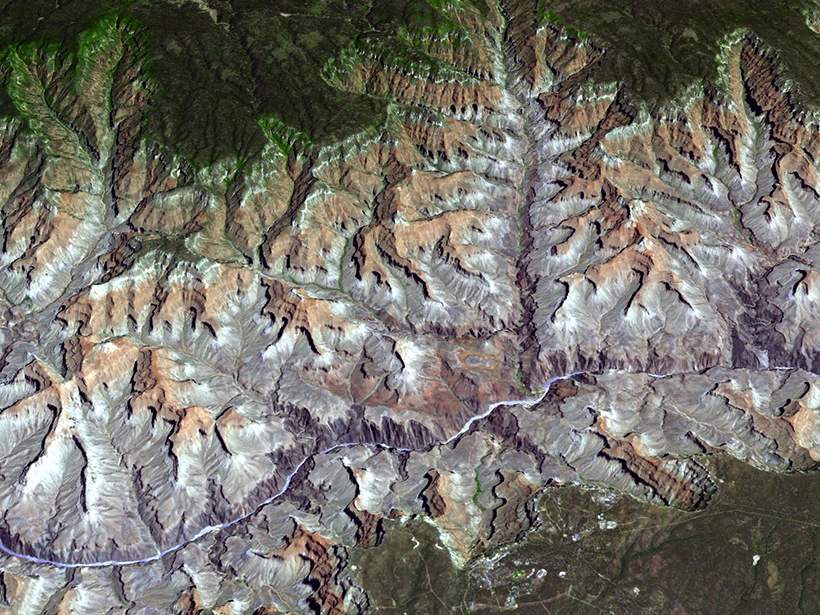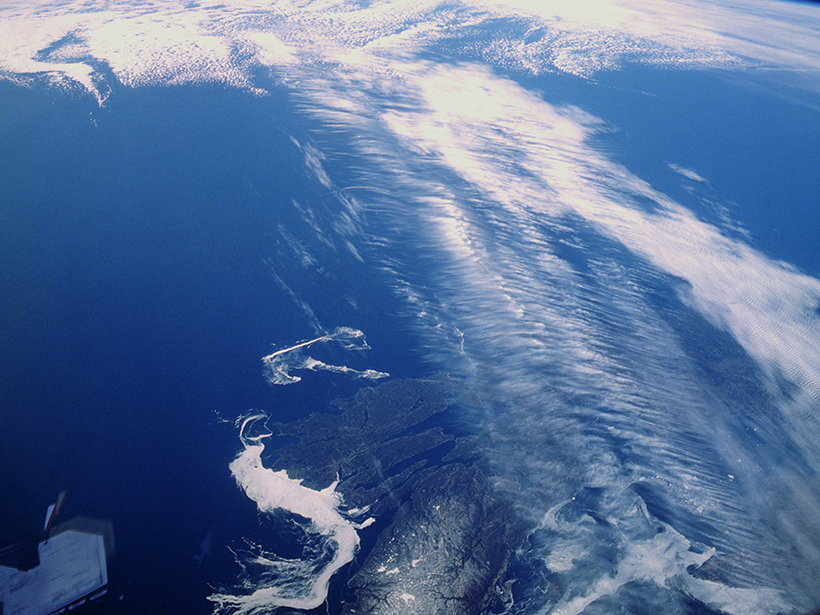It depends on where, when, and how.
Geophysical Research Letters
What Happens When Ocean Eddies Hit a Wall?
A new study tracks two ocean eddies passing over the Pacific Ocean's Izu-Ogasawara Ridge.
Could Stratospheric Ozone Depletion Make Hadley Cells Expand?
Convection-driven Hadley cells are expanding poleward. Scientists now may have uncovered part of the reason why.
For Magnetic Reconnection Energy, O—not X—Might Mark the Spot
A new analysis of satellite data could upend conventional wisdom about how solar storms produce their dangerous radiation—not from X-shaped mergers of magnetic field lines but from swirling vortices.
Stream Network Geometry Correlates with Climate
A "big data" analysis of nearly 1 million river junctions in the contiguous United States shows that branching angles in dendritic drainages vary systematically between humid and arid regions.
What Regions Are Most at Risk for Ice Loss in East Antarctica?
Scientists model the impact of environmental warming on ice drainage basins in the less studied East Antarctica.
Why Do Great Earthquakes Follow Each Other at Subduction Zones?
A decade of continuous GPS measurements in South America indicates that enhanced strain accumulation following a great earthquake can initiate failure along adjacent fault segments.
Including Ozone Complexities in Climate Change Projections
A simplified view of ozone chemistry can cause climate models to overestimate the response of jet streams to increasing greenhouse gases.
A Two-Way Relationship Between the Atlantic and Pacific Oceans
Researchers have uncovered a new connection between sea surface temperatures in the Atlantic and tropical cyclones in the eastern Pacific that could improve accuracies of future cyclone forecasts.
Deep Ocean Layers Continue to Heat Up
Researchers look at more than 3 decades of temperature trends in the deep ocean to understand the layers' energy budgets.









